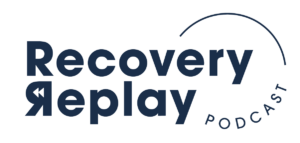Bullying
Whether online or in person, it’s hurtful and causes harm
Featured Articles
The Complex Trauma Survivor Faces a Lifetime’s Worth of Bullying
Complex trauma survivors face a dilemma that very few can fathom: they are forced to confront present-day stressors while attempting to resolve triggers from the past. These layers upon layers of trauma take courage, support and time to unravel.
Learn MoreWhy Self-Harm is Happening Earlier and More Often
We’re living in stressful times, and unfortunately, children and teens are not immune to the challenges we are facing in the world today. Young people are dealing with more stress, anxiety, and depression than ever before, and it leaves many of them seeking ways to cope.
Learn More988 Hotline Adds 24/7 Help for LGBTQ+
The 988 Suicide & Crisis Lifeline essential emergency service now includes LGBTQ hotline, chat, and text options. This means if you or someone you care about is struggling with mental health or substance use, you have a confidential, culturally competent, and compassionate resource in an emergency.
Learn MoreAdmissions
Our experienced, compassionate Admissions team is here to help 24 hours a day and will treat you with the dignity and respect you deserve. Let our specialists help you create a road map to get you where you want to go: a healthier, more balanced, fulfilling place in life. When you call, you’ll be led through a series of questions to determine if the Claudia Black Young Adult Center is the right fit for your needs, and how soon your treatment can begin.
If you are interested in treatment for yourself or a loved one, call or fill out our convenient Admissions form!
CONTACT OUR ADMISSIONS OFFICE
 866-957-4961
866-957-4961
OR COMPLETE AN ADMISSIONS CONTACT FORM
Click below to start the admissions process today




